Slide #4
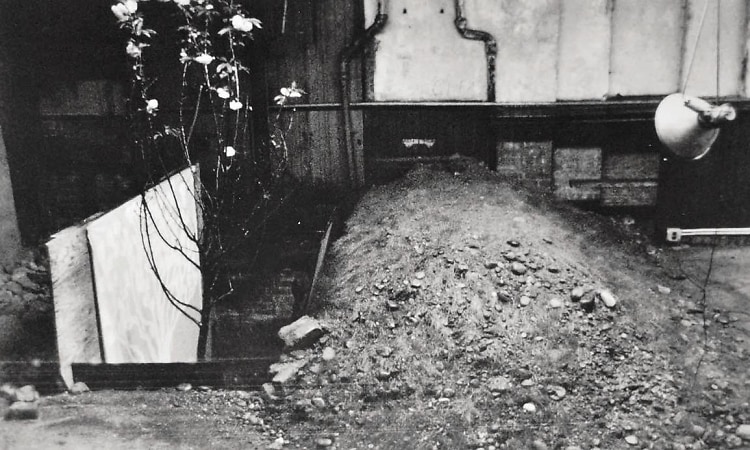 Gordon Matta-Clark's Cherry Tree at 112 Greene Street, 1971 Estate of Gordon Matta-Clark/Artists Rights Society (ARS), New York; Courtesy The Estate of Gordon Matta-Clark and David Zwirner, New York.
I was just going to ask, where did you get all those pictures?
They come from a number of sources that are all credited in the book. There were some amazing photographers at the time--Richard Landry, Cosmos Andrew Sarchiapone--who were documenting the scene. A lot of the artists documented their own work. The photos show how well the works on view fitted the run down space. The space itself was reflective of the materials that the artists were using. The way their installations interacted with the physical space was quite different from previous generations, whose discrete sculptures could be shown anywhere. The chapter “FOOD & Community” is included because another important part of this story is FOOD restaurant, which opened in 1971 and was really a sister space to 112 Greene Street. It was opened by Carol Goodden and Gordon Matta-Clark with Tina Girouard, and several 112 artists worked there. They would do food performances there, and it was a place where everyone would hang out.
Where was that?
On the corner of Prince and Wooster Streets. It was really an extension. What's interesting about FOOD, though, is that Gordon treated it as kind of an artwork in itself. He did his very first cutting work at FOOD. He would do these beautiful performances there and made a film called FOOD with Robert Frank that showed a 'day in the life' of the restaurant... And for his first solo show in 1972, he had a barbeque outside of 112 Greene Street on top of one of his installations that was titled Dumpster Duplex. So FOOD restaurant and food played a really important role in a lot of his work and in his idea of bringing the community together.
Gordon Matta-Clark's Cherry Tree at 112 Greene Street, 1971 Estate of Gordon Matta-Clark/Artists Rights Society (ARS), New York; Courtesy The Estate of Gordon Matta-Clark and David Zwirner, New York.
I was just going to ask, where did you get all those pictures?
They come from a number of sources that are all credited in the book. There were some amazing photographers at the time--Richard Landry, Cosmos Andrew Sarchiapone--who were documenting the scene. A lot of the artists documented their own work. The photos show how well the works on view fitted the run down space. The space itself was reflective of the materials that the artists were using. The way their installations interacted with the physical space was quite different from previous generations, whose discrete sculptures could be shown anywhere. The chapter “FOOD & Community” is included because another important part of this story is FOOD restaurant, which opened in 1971 and was really a sister space to 112 Greene Street. It was opened by Carol Goodden and Gordon Matta-Clark with Tina Girouard, and several 112 artists worked there. They would do food performances there, and it was a place where everyone would hang out.
Where was that?
On the corner of Prince and Wooster Streets. It was really an extension. What's interesting about FOOD, though, is that Gordon treated it as kind of an artwork in itself. He did his very first cutting work at FOOD. He would do these beautiful performances there and made a film called FOOD with Robert Frank that showed a 'day in the life' of the restaurant... And for his first solo show in 1972, he had a barbeque outside of 112 Greene Street on top of one of his installations that was titled Dumpster Duplex. So FOOD restaurant and food played a really important role in a lot of his work and in his idea of bringing the community together.
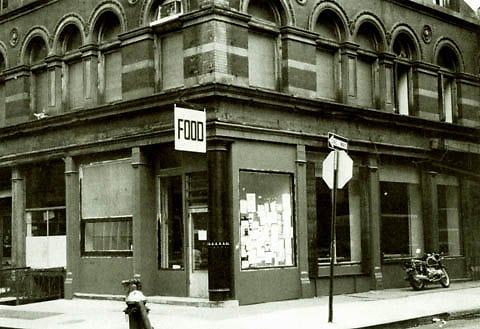 What else can we look forward to seeing in the book?
The second part of the book is a beautiful exhibition catalogue with installation views of the exhibition itself. The book was designed by David Chickey of Radius Books and he did an incredible job because there is so much information, and he was able to organize it in a thoughtful, beautiful way. There are some wonderful photographs and I love the contrast between the full color illustrations compared to the black and white archival photos, and that's an element I really wanted in the exhibition as well. For me, this is a beautiful, colorful, vibrant period, and when all we are left with are some grainy black and white photos, I feel like it can easily seem to lose that vibrancy. In the exhibition, I wanted to present the splendor of what was being created in order to give an idea of what the space was like.
[Photo via]
Then we have an extended checklist of each work that was in the exhibition and these paragraphs were written by Louise. But I helped combine them with photos from their original installation so you can compare. You do get a detailed description of each piece that talks about not only what the artist was doing, but also gives you more information about that work specifically. So it really compliments the first part of the book. It goes a bit deeper into the individual works, a number of which are talked about in the interview section as well. So the two fit together well and it was a lot of fun putting it together like that. This is something I'm really proud of.
In the early years, 112 Greene Street didn't have a set exhibition program the same way most spaces do. There was no “we're going to look at the next year” or fixed time slots allocated to different artists. It was more like 'well I’m going to do this now and when I'm done, why don't you come in and do your thing.' And because of that, the venue was able to react quite quickly to the needs of the community and the needs of the artists, which was pretty revolutionary at the time. And as we just touched upon, it was something that eventually changed once Lew secured government funding and had to create a program and reporting structure. A lot of the artists I have spoken to say that by having to do that, by having more structure, it kind of killed the original spirit of the space.
What else can we look forward to seeing in the book?
The second part of the book is a beautiful exhibition catalogue with installation views of the exhibition itself. The book was designed by David Chickey of Radius Books and he did an incredible job because there is so much information, and he was able to organize it in a thoughtful, beautiful way. There are some wonderful photographs and I love the contrast between the full color illustrations compared to the black and white archival photos, and that's an element I really wanted in the exhibition as well. For me, this is a beautiful, colorful, vibrant period, and when all we are left with are some grainy black and white photos, I feel like it can easily seem to lose that vibrancy. In the exhibition, I wanted to present the splendor of what was being created in order to give an idea of what the space was like.
[Photo via]
Then we have an extended checklist of each work that was in the exhibition and these paragraphs were written by Louise. But I helped combine them with photos from their original installation so you can compare. You do get a detailed description of each piece that talks about not only what the artist was doing, but also gives you more information about that work specifically. So it really compliments the first part of the book. It goes a bit deeper into the individual works, a number of which are talked about in the interview section as well. So the two fit together well and it was a lot of fun putting it together like that. This is something I'm really proud of.
In the early years, 112 Greene Street didn't have a set exhibition program the same way most spaces do. There was no “we're going to look at the next year” or fixed time slots allocated to different artists. It was more like 'well I’m going to do this now and when I'm done, why don't you come in and do your thing.' And because of that, the venue was able to react quite quickly to the needs of the community and the needs of the artists, which was pretty revolutionary at the time. And as we just touched upon, it was something that eventually changed once Lew secured government funding and had to create a program and reporting structure. A lot of the artists I have spoken to say that by having to do that, by having more structure, it kind of killed the original spirit of the space.
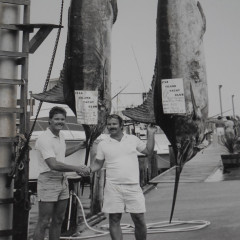
.jpg)
.jpg)
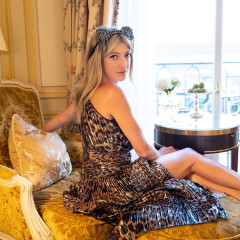
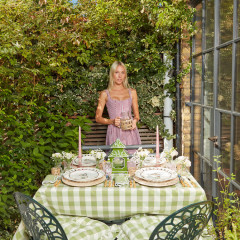
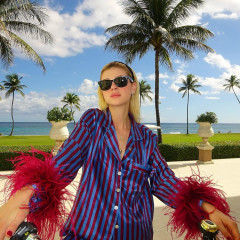
.jpg)
.jpg)
.jpg)
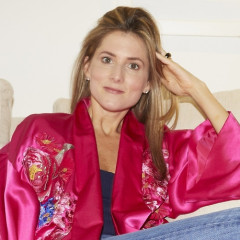
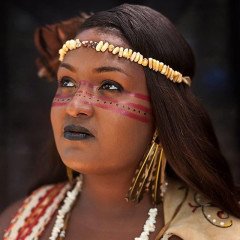

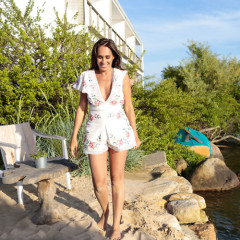
.jpg)